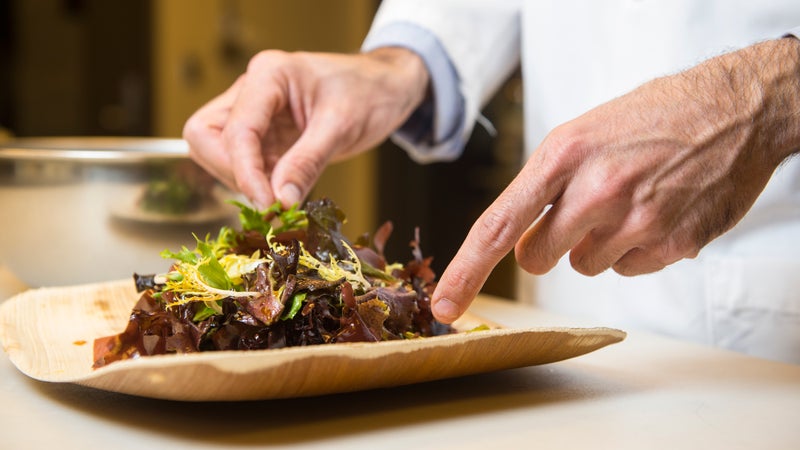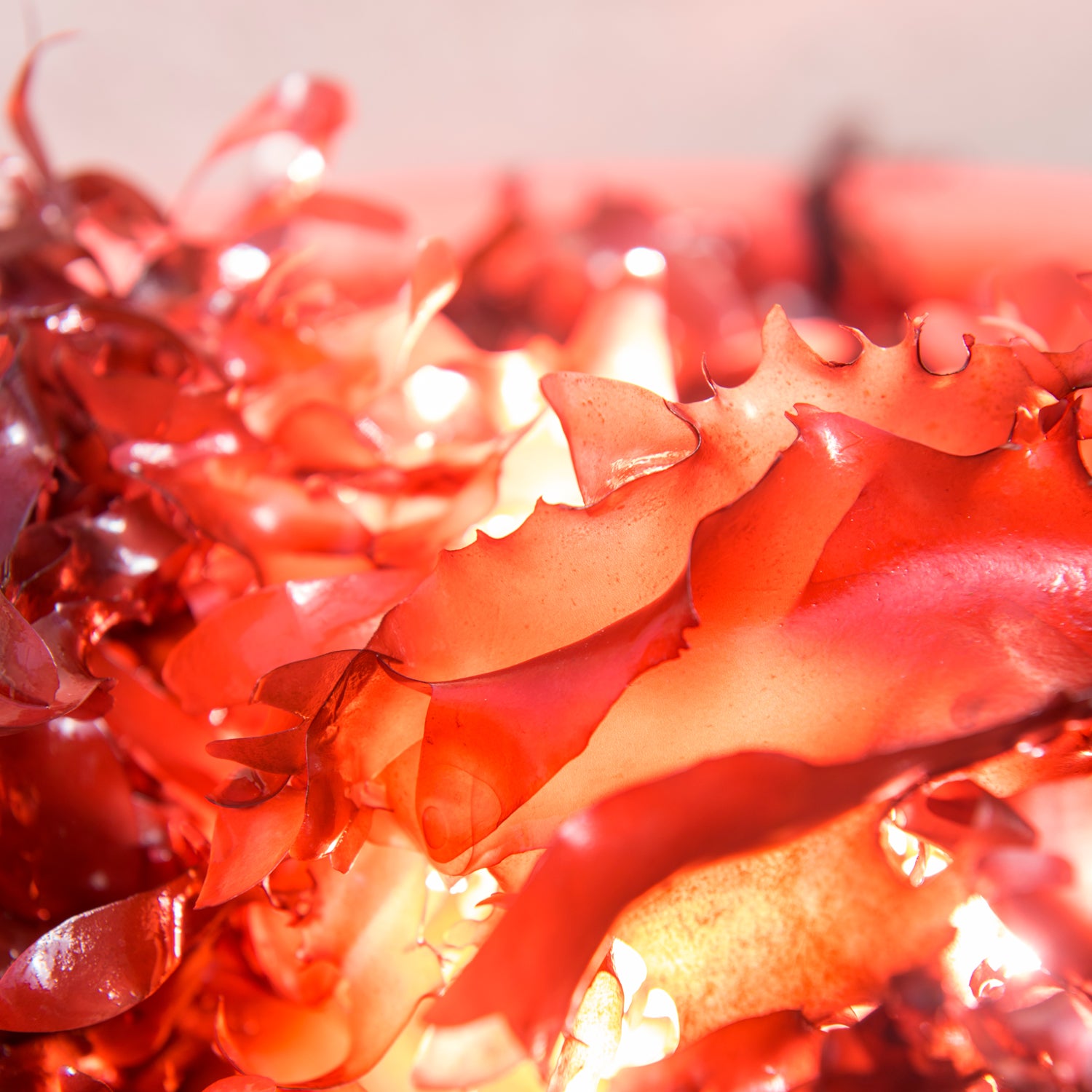Researchers at Oregon State University have found a way to sustainably farm a patented strain of seaweed that tastes exactly like bacon! Or, um, at least a enough like bacon to advertise it that way.
“You have to manipulate it a bit. If you fry it in oil you get this savory flavor,” says Mike Morrissey, the director and a professor at Oregon State University’s . “There are definitely hints of bacon, though I think saying it tastes exactly like bacon is more of a marketing thing.”
To appreciate how far the seaweed has come, it’s worth knowing its origin story: OSU professor Chris Langdon, who works in the school’s , initially patented the seaweed strain as a potential food for abalone. “We wanted to find a red seaweed that would grow well,” he says. So he started experimenting with a type of seaweed called dulse. “Dulse has been used for human consumption for thousands of years,” he says, adding that his colleagues are hardly the first to notice its bacon-y taste.
But what the researchers at OSU have done is create a bacon(ish) product that grows quickly and consistently in an aquaculture setup. It can be hard to find places to harvest dulse on the U.S. coasts, since the plant often grows in protected intertidal waterways. Langdon’s strand, however, grows easily in a tank of seawater. In fact, he says he can grow it without having to add any sort of nutrients to the water.

Framing dulse as a viable aquiculture crop for Oregon businesses has become a collaborative project between OSU’s Hatfield Marine Science Center, its business school, and the university’s Food Innovation Center. Dulse has nutritional properties that are somewhat similar to kale—it’s high in minerals like iodine, potassium and sodium, plus it contains antioxidants, polyphenols and protein—which makes it seem like a natural fit for a country that’s (somewhat paradoxically) obsessed both with bacon and with “super foods.”
So OSU struck a gold mine, right? Well, there’s a hitch, Langdon says. “People are somewhat reluctant to eat seaweed because it’s not part of the standard diet in North America.” Which is why the researchers sent the product over to the Food Innovation Center. Since it’s unlikely that Americans are going to start ordering “seaweed cheese burgers” or “an omelet with an extra side of seaweed” on their own, the Food Innovation Center has been whipping up seaweed-infused products that we might be game for. The two most likely to actually come to market are a salad dressing and a sesame rice cracker. Ready-to-fry-up strips of seaweed bacon are likely still a long ways off.
Langdon and his colleagues haven’t calculated the exact carbon footprint of growing dulse in an aquaculture system but he does promise one thing: “It’s certainly lower than raising pigs.” And with zero grams of saturated fat and zero reasons to worry about possible animal cruelty, seaweed bacon definitely measures up in theory—even if it’s not quite there on taste.


